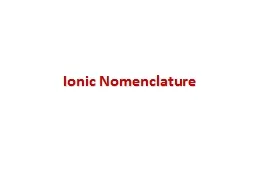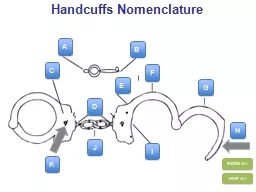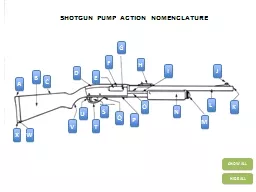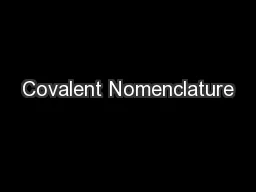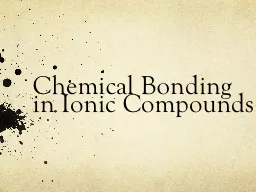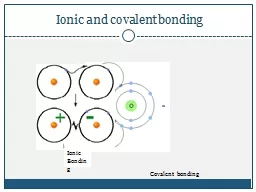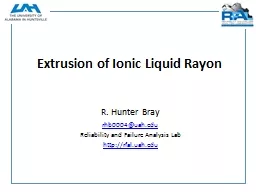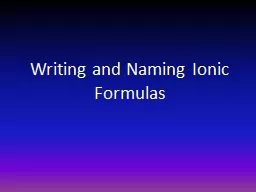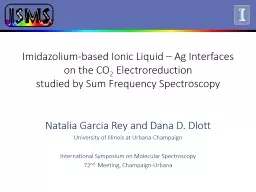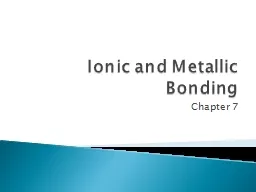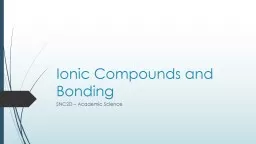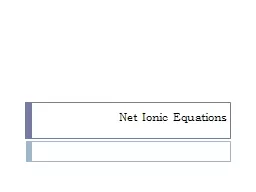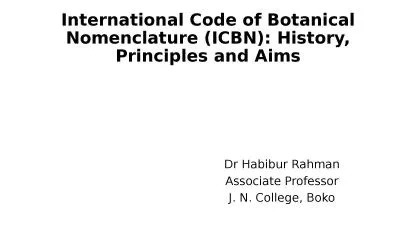PPT-Ionic Nomenclature
Author : liane-varnes | Published Date : 2016-06-06
nothing D1 Intro Elements Compounds and Nomenclature Chemical nomenclature the organized system used to name substances and write their chemical formulas Chemical
Presentation Embed Code
Download Presentation
Download Presentation The PPT/PDF document "Ionic Nomenclature" is the property of its rightful owner. Permission is granted to download and print the materials on this website for personal, non-commercial use only, and to display it on your personal computer provided you do not modify the materials and that you retain all copyright notices contained in the materials. By downloading content from our website, you accept the terms of this agreement.
Ionic Nomenclature: Transcript
Download Rules Of Document
"Ionic Nomenclature"The content belongs to its owner. You may download and print it for personal use, without modification, and keep all copyright notices. By downloading, you agree to these terms.
Related Documents

